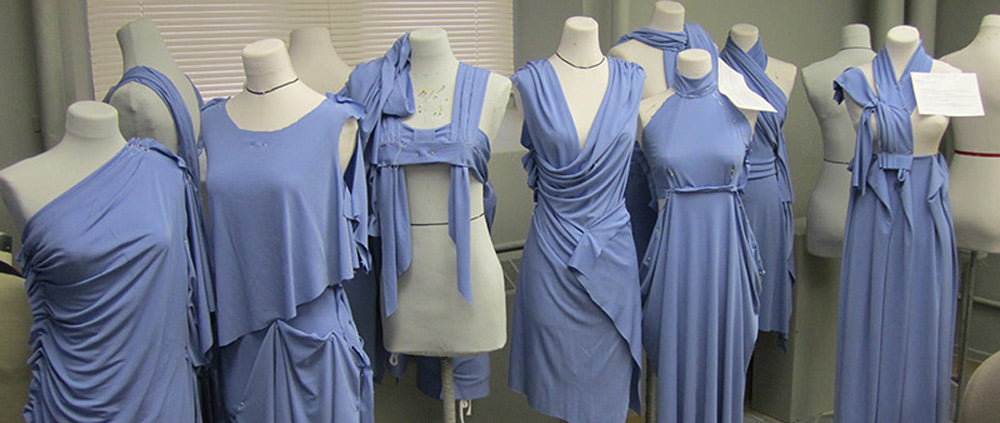Your Cart is Empty
Free Shipping On All Orders In December - No Coupon Code Necessary
Free Shipping On All Orders In December - No Coupon Code Necessary
Free Shipping On All Orders In December - No Coupon Code Necessary
Free Shipping On All Orders In December - No Coupon Code Necessary

September 04, 2017 4 min read
Draping is an artistic approach of creating garments. Draping also refers to the quality of a fabric that describes the way the fabric hangs. Draping allows you to visualize the garment before you start cutting and stitching it. You need a great skill and attention to create a garment starting from a drape.
 If you plan to create patterns, draping is one of the best methods you can choose. It is often used to give a dramatic effect in fashion design. Draping allows a piece of fabric to form to the curves of a human body, so it attracts the attention to the human shape. It is a great style of design in which you handle the fabric on the model and mark over it according to the design. It helps you bring your vision into reality.
If you plan to create patterns, draping is one of the best methods you can choose. It is often used to give a dramatic effect in fashion design. Draping allows a piece of fabric to form to the curves of a human body, so it attracts the attention to the human shape. It is a great style of design in which you handle the fabric on the model and mark over it according to the design. It helps you bring your vision into reality.
Tools for draping
You need some basic tools if you want to create a design through the method of draping. So here we’re going to present you the necessary tools that you need to have for draping:
Principles of Draping
There are some rules – principles – that you should follow when you design using draping. We’ll show them here:
Advantages of draping
Using draping techniques has several advantages, such as the following ones:
Disadvantages of draping
As with any other thing, there are not only advantages of draping, but also disadvantages. So let’s see some disadvantages that draping has: